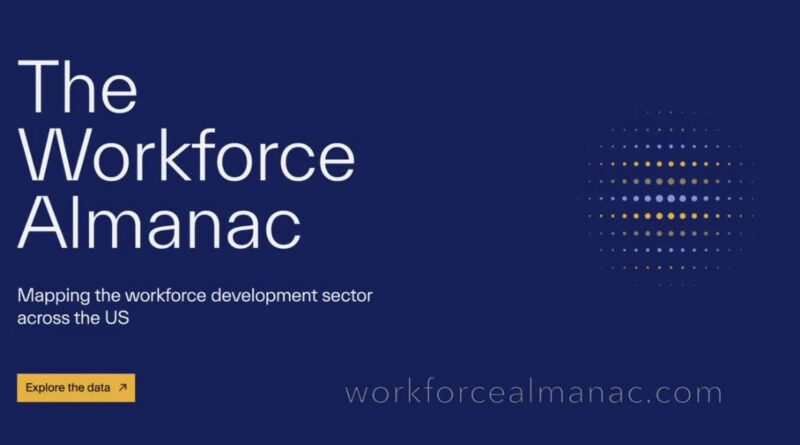Improve Workforce Training Pathways
The Project on Workforce at Harvard University on Monday launched the Workforce Almanac, an open-source directory and interactive portal that captures nearly 17,000 workforce training providers across the United States – including community colleges. Improve Workforce Training Pathways.
There are a vast array of workforce training providers out there. “To understand how well the workforce development sector really serves American workers and communities, we need to identify where providers are located, to measure key provider characteristics and to consider the entirety of a worker’s life cycle, aspirations, and needs,” according to the Project on Workforce team.
The data in the Workforce Almanac are meant to help practitioners and researchers improve workforce training pathways. Training providers, can use the portal to see what other providers are serving for benchmarking or collaboration purposes. And policymakers can use the data to improve decision-making on resource allocation and to work more strategically with training providers.
The Workforce Almanac was created by combining training provider information from four sources into one dataset. It captures federal registered apprenticeship providers, nonprofit providers, Workforce Innovation and Opportunity Act (WIOA)-eligible training providers and higher education providers.
Of all training provider types, higher education institutions that provide workforce training, such as community and technical colleges, have the most robust coverage in the Almanac due to the availability of data through the U.S. Education Department’s Integrated Postsecondary Education Data System.s
Glimpse at the data
In a paper accompanying the portal launch, the Harvard Project on Workforce team provided findings from the data gathered for the Workforce Almanac. Nationally, there are around five WIOA-eligible providers, three job-training nonprofits, 2.5 institutions of higher education and two registered apprenticeship programs for every 100,000 people in the labor force.
Regionally, they found that the Midwest and Northeast are the most served by workforce training providers. For example, the Northeast has 10.8 workforce providers for every 100,000 workers, whereas the South is at 9.6. However, the South has the highest ratio of job training nonprofit organizations with 3.2 to every 100,000 workers.
Most U.S. states and territories have a ratio of between one and three higher education institutions per 100,000 people in the labor force, that primarily provide short-term workforce training. However, West Virginia has more than five higher education institutions that primarily provide short-term workforce training per 100,000 workers.
In comparing specific states, researchers found that Maine has more than 25 WIOA-eligible providers per 100,000 workers. That’s nearly 22 times the number of WIOA-eligible providers per 100,000 workers in Hawaii. Meanwhile, Massachusetts is the state with the highest concentration of registered apprenticeships. It has more than 400 registered apprenticeship sponsors.
Source: Improve Workforce Training Pathways
https://www.techedmagazine.com/category/news-by-industry/

